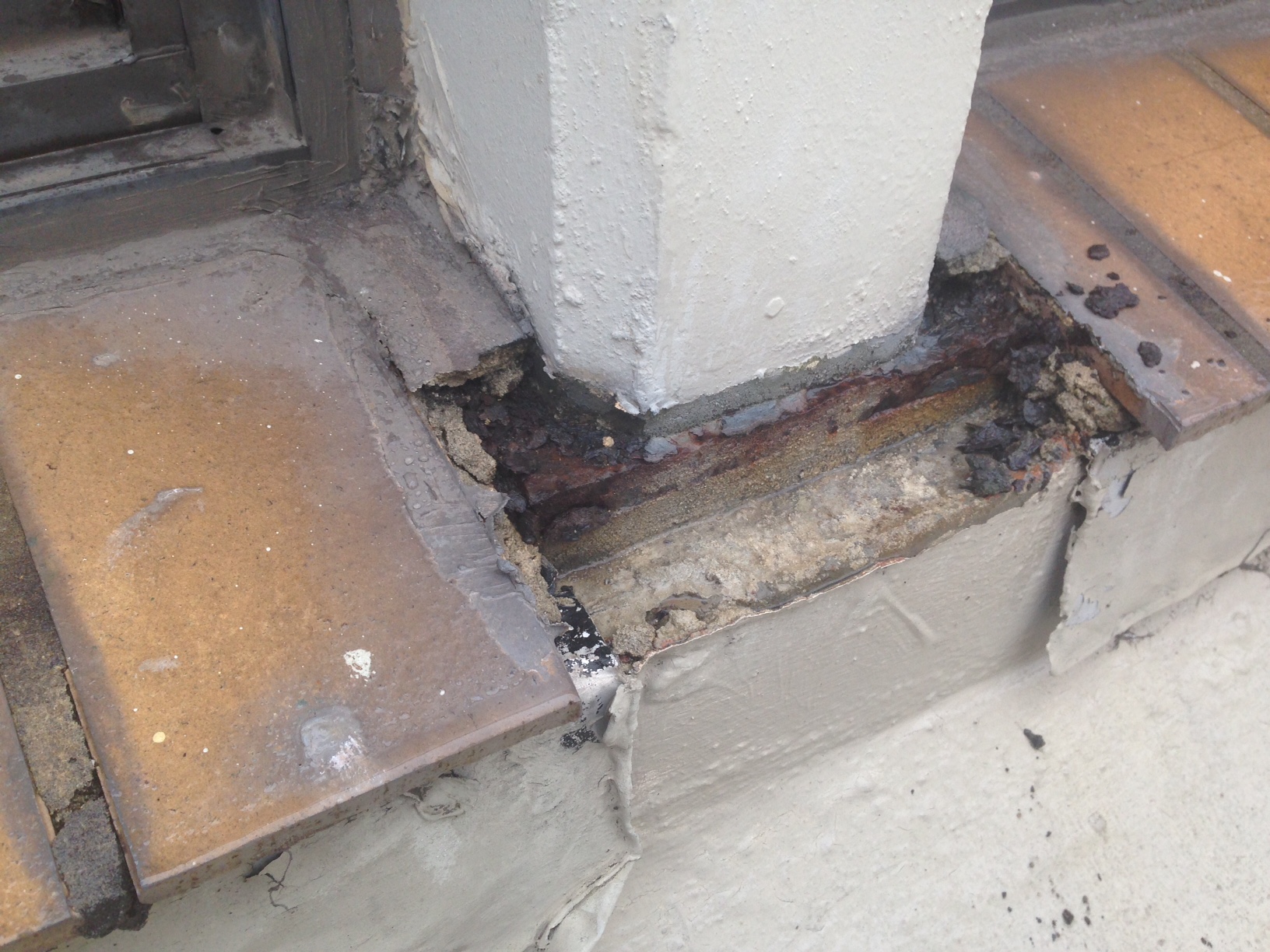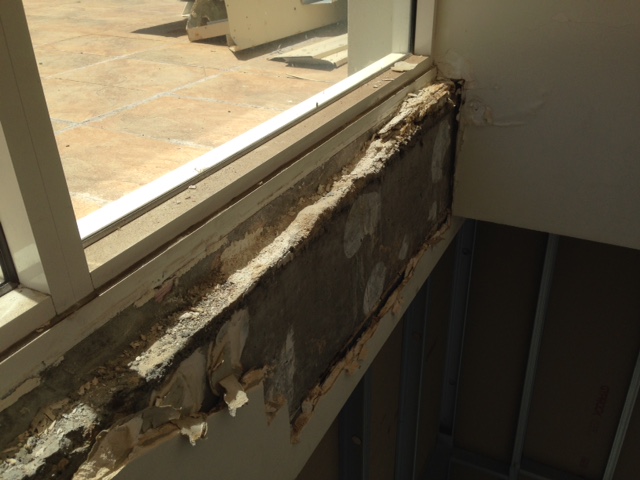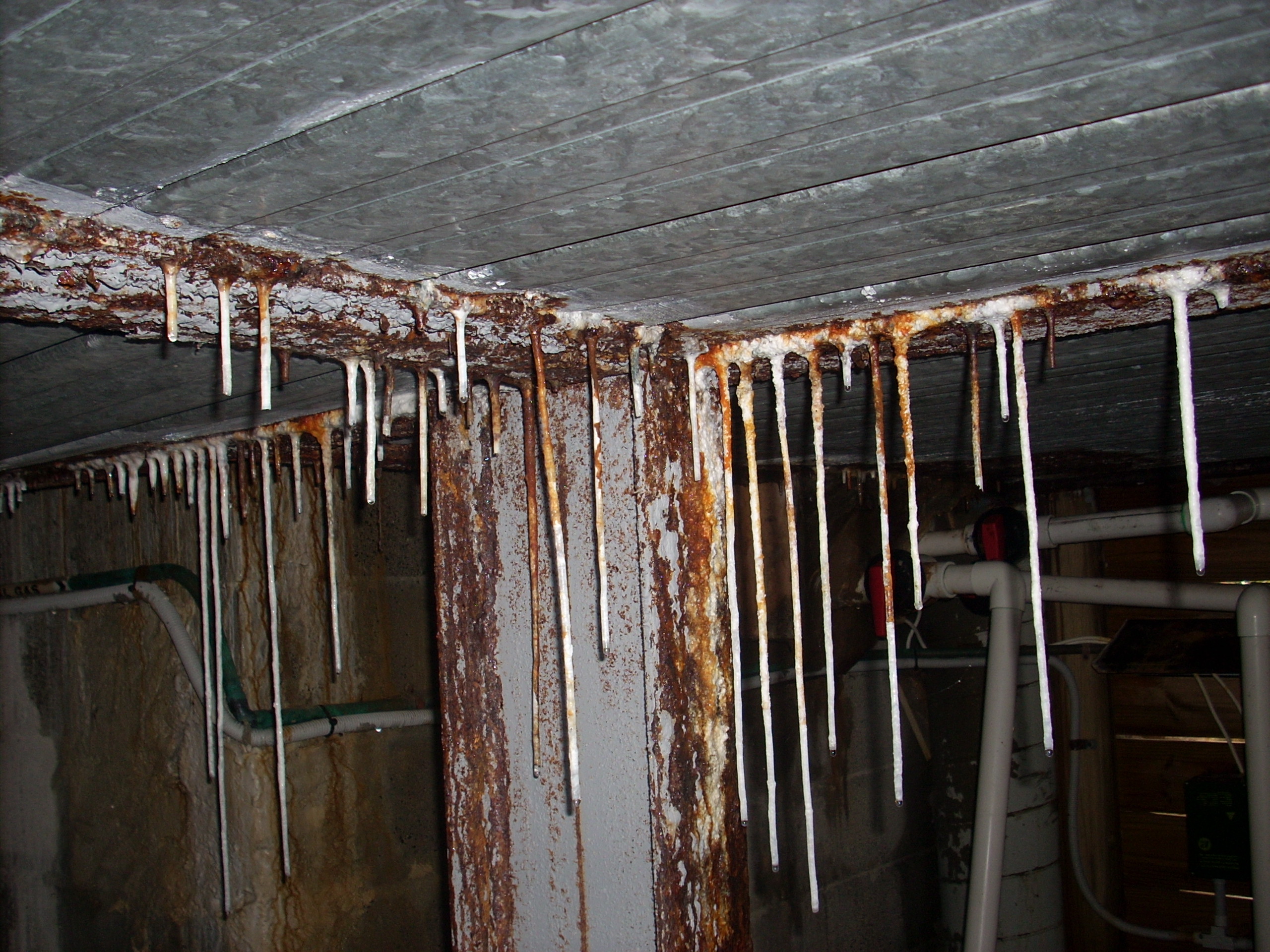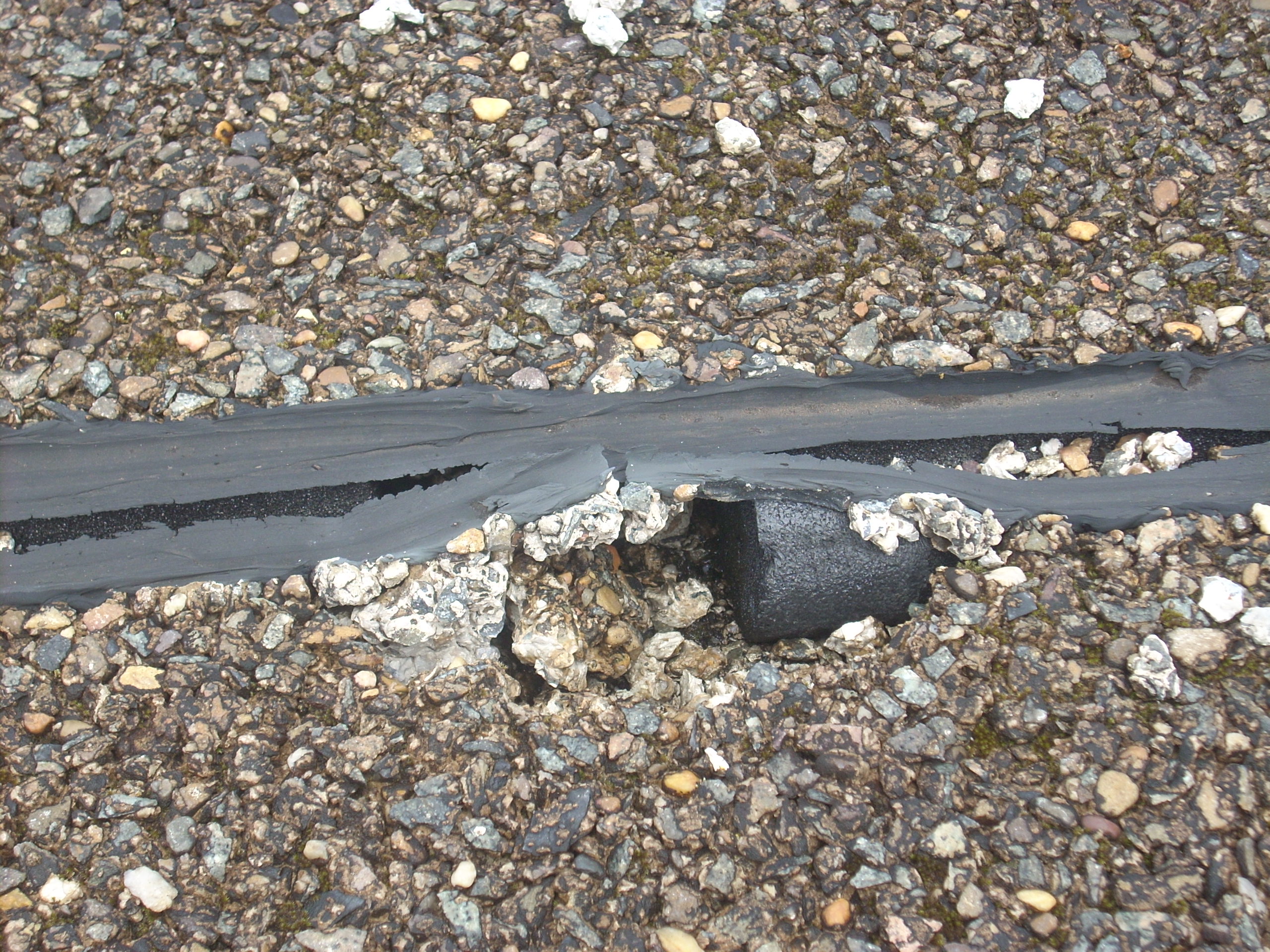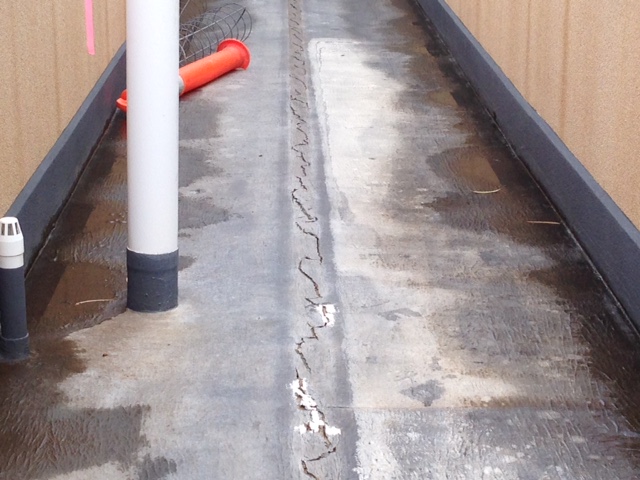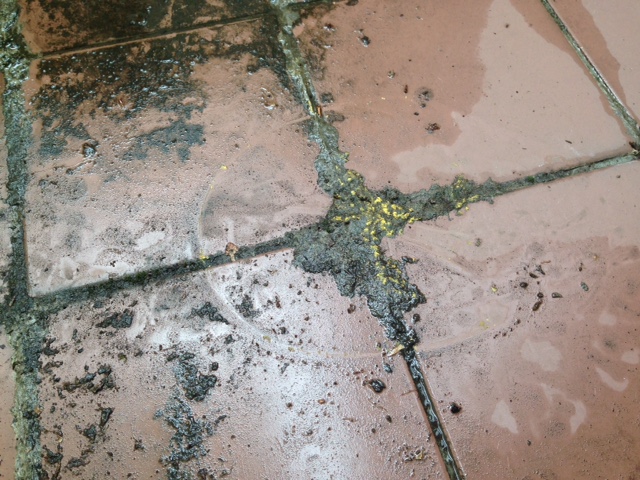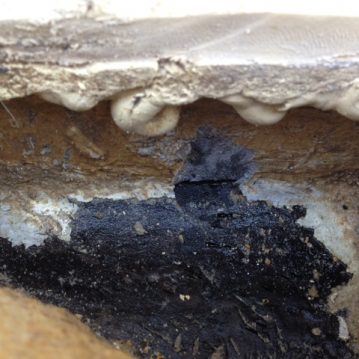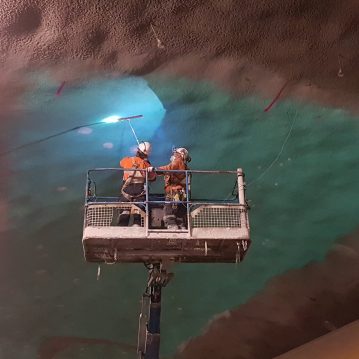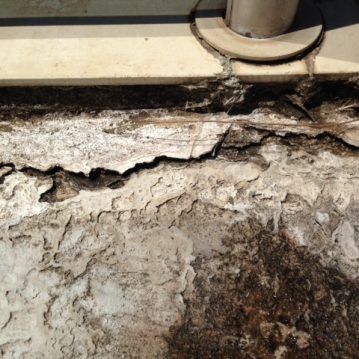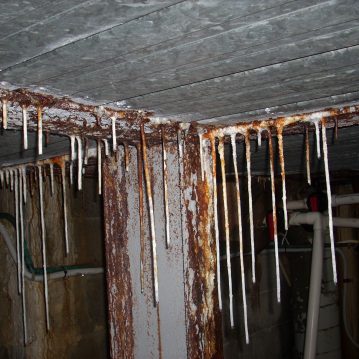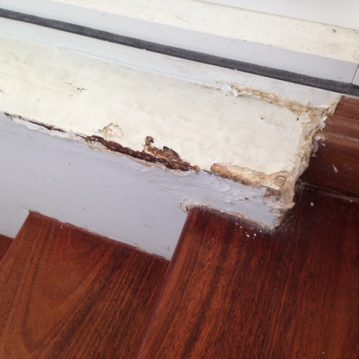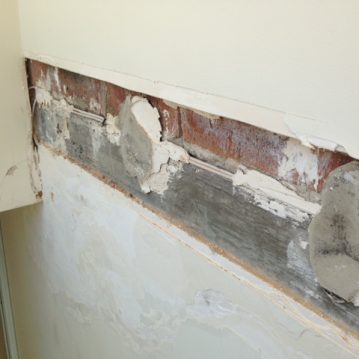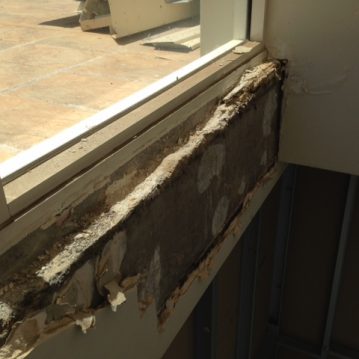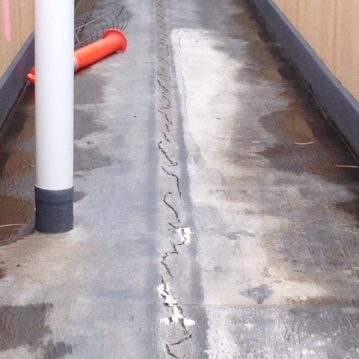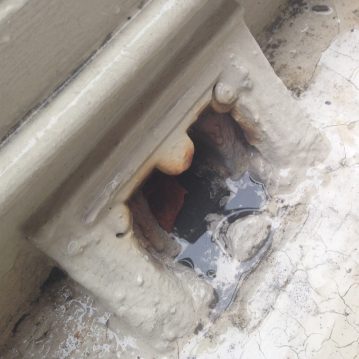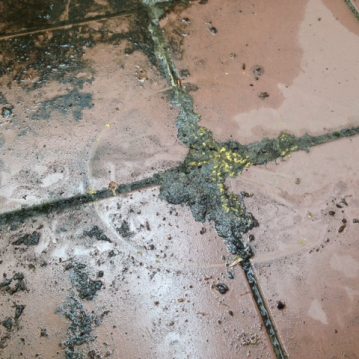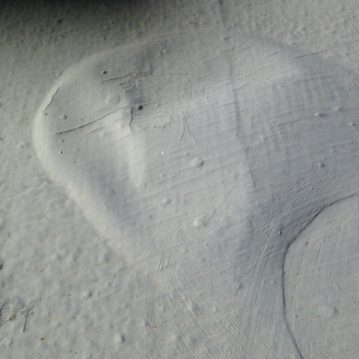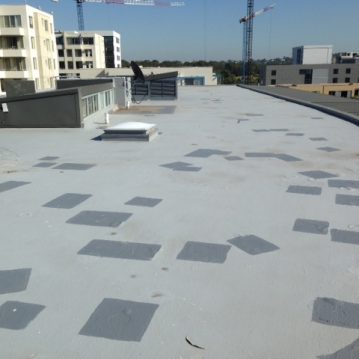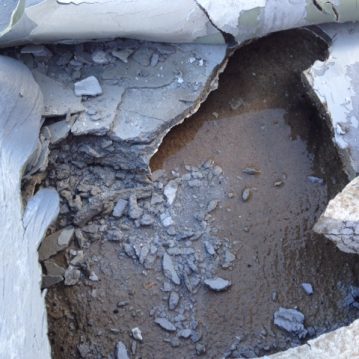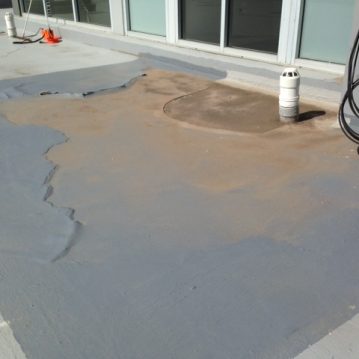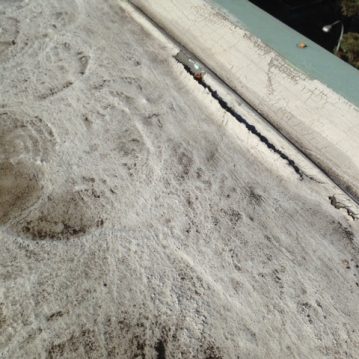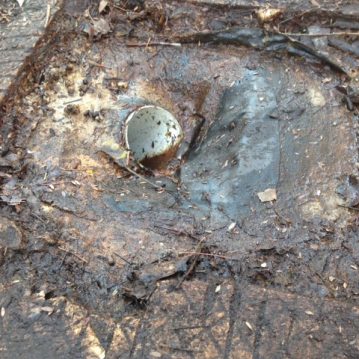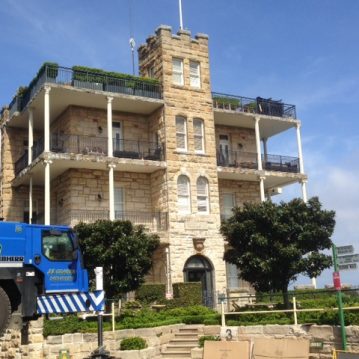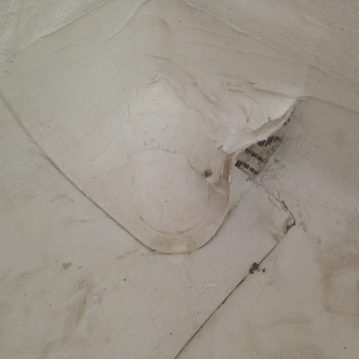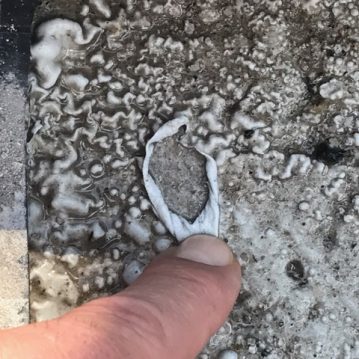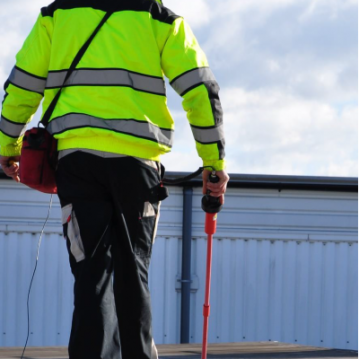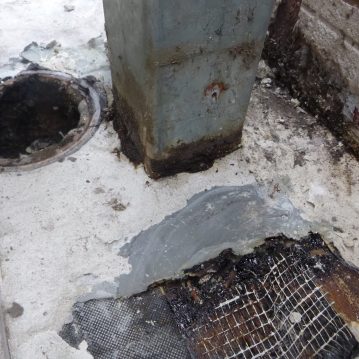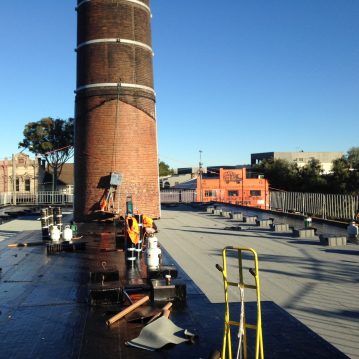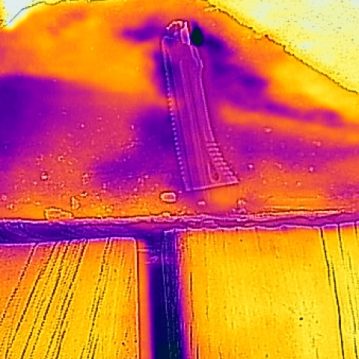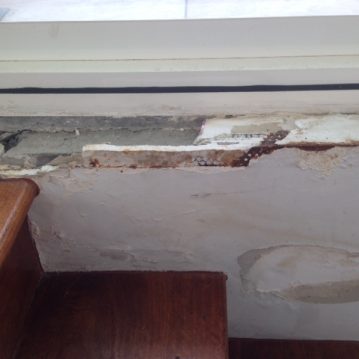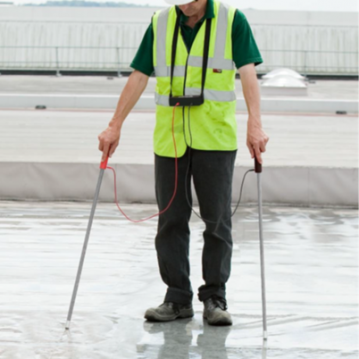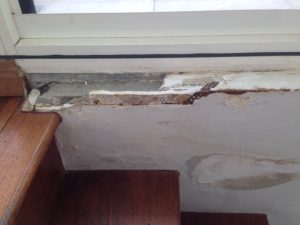
Badly stained, cracked, soggy and peeling internal ceilings and walls are a common but not easily resolved problem for many strata managers and owner corporations. Unfortunately by the time this damage appears inside a building it’s an indication that the problem has originated from a water leak that has been hiding somewhere else for quite some time.
It is distressing for residents who are living with this unsightly and potentially unhealthy issue, especially if they have spent a considerable amount of money on an impressively refurbished or newly built apartment. There is also the on-going anxiety of wondering when the next rain event is due and what further damage will take place.
According to data obtained from the Master Builders Association, water leaks due to failure of waterproofing membranes account for over 80% of reportable building defects yet the National Construction code states “external walls and roof are to be constructed so as to be leak free”.
So why there are so many subsequent water leaks, especially in ‘modern’ buildings, including some very expensive designs and constructions?
In Australia there is no recognised, licensed trade qualification for external waterproofing of a building. This means any worker or company can bid for a project and apply exterior waterproofing membranes to any structure. Also modern structures are constructed to a tight price and construction programme and waterproofing is applied at the end of the project when time and cost constraints are at their most critical.
The Australian Standards Association has started to address this issue by recently publishing two new Standards for external waterproofing that deal with externally applied and above ground materials and installation. While this is a positive step, the new Standards don’t cover the majority of current defects. Nor does it include the installations which pre-date the new Standard and the subsequent water leak problems that are expected to appear over the next decade.
Construction and waterproofing defects can take time to reveal themselves as the water silently migrates through the structural elements of a building. By the time the problem is identified the original developer, builder or waterproofing sub-contractor may be insolvent or the project is “out of warranty”.
Once leaking and damage occurs it is often the owners’ corporation that is left with the mess and will struggle to identify a lasting remedial solution. It is a situation that Philip Serio from Waterproofing Diagnostics, an Australian company that forensically investigates water leaks in buildings, is increasingly observing.
“By the time I become involved with the issue, the owner or body corporate manager will have spent considerable time and money trying to obtain a lasting solution,” said Mr Serio.
“They’ve been given varied and conflicting advice from a range of trades or companies, have obtained numerous quotes or spent large amounts of money on patch ups and even unnecessary repairs.
“It’s very frustrating when they see problem come back so they’re often keen to get more independent advice and information on their options.”
Waterproofing Diagnostics also works in conjunction with forensic engineering companies such as FMG that specialise in investigating a building’s structural defects. Where water is suspected of contributing to the damage, his role is to identify its source and migration through the building and provide a remediation strategy.
Once an investigation is completed the owner or Owners Corporation is issued with a report including detailed repair specifications that would be used as an accurate guide for further repair quotations and work.


